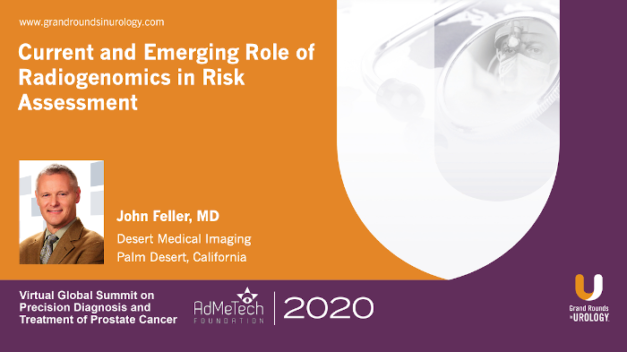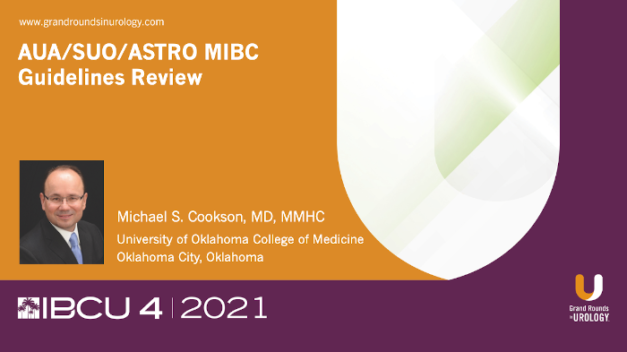Current and Emerging Role of Radiogenomics in Risk Assessment
John Feller, MD, Founding Partner and Medical Director of Desert Medical Imaging, Assistant Clinical Professor in the Departments of Radiology at Loma Linda University and at Riverside School of Medicine, Chief of Radiology and Partner of the American Medical Center in China reviews data for evaluating radiogenomics in terms of risk stratification for focal therapy and for developing novel combination therapies. Dr. Feller introduces a phase II study on laser focal therapy of prostate cancer that shows the ability of responders to focal therapy to be distinguished from non-responders with support from findings showing lower PSA values and lower PSA density in responders as opposed to nonresponders, and another study on the Decipher Genomics Resource Information Database (GRID), revealing that genes can be used to differentiate responders from non-responders. He then discusses a phase II clinical trial on outpatient trans-rectal MR-guided Laser Focal Therapy that found that short-term and intermediate-term oncologic control achievable in 79% of patients with initial treatment. He concludes that MpMRI followed by genomics shows promise for risk stratification for focal therapy and that multiple complex data sources present an opportunity for artificial intelligence.
Read More




